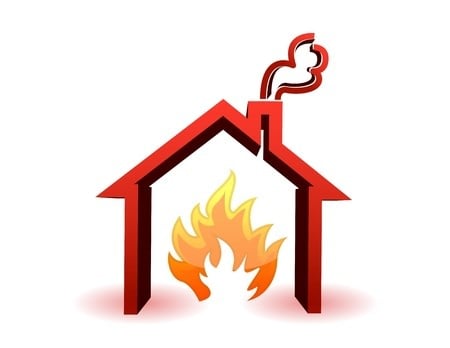
The Santa Cruz Housing Criss
Last week, I appeared on KSCO radio to talk with producer Brad Polisuk about the Santa Cruz Housing Crisis. I was joined by Evan Siroky from Santa Cruz YIMBYs (“Yes In My Back Yard”) and Robert Singleton of the Santa Cruz County Business Council. There was a lot of food for thought and not anywhere near enough time to digest it all. You can listen to the 2 o’clock hour of the show where I appeared below.
Listen to the Show Here
One thing I was struck with were the callers, none of whom it seemed were younger people, that is, renters who are most affected by the housing crisis. The callers seemed as though they were older homeowners who already had their slice of paradise, and weren’t keen to share by permitting much in the way of further growth. This in a nutshell is the problem with creating more housing in the county. It’s folks like the radio show callers who are the people who vote and show up for meetings, and to a large extent they control the dialog.
Before our discussion, I was asked to be prepared to come to speak on several points. I wrote up some notes, and rather than just toss them now that the show’s over, I thought I’d share them with you here.
Why is Santa Cruz real estate expensive?
In essence, I believe it comes down to land use planning: we have very low density zoning. The general plan for Santa Cruz county states that we are a rural county and we want to keep it that way. The current general plan was adopted in 1994 and is very much a slow-growth plan. The plan stated its goal is to enhance the economic base and rural character of the county, to accommodate “reasonable growth” and redevelopment while limiting urban expansion.
The general plan was designed to keep folks such as the radio show callers happy. The reality though is that the construction of housing does not create growth. Rather, new housing is a response to growth. We have already grown, but the we have not kept up with demand for housing. We are short 20,000+ housing units in Santa Cruz county, because population growth has exceeded housing stock increase by a factor of at least 4 for a number of years (check the U.S. Census site and do your own research).
Are these prices sustainable?
The median single family home price for December is shaping up to be around $808,000 – but in November it was $860,000. The answer is that yes these prices are sustainable for an elite few who can pay them. Most of these buyers won’t be from Santa Cruz county and do not presently live here. They will buy here because it’s a nicer place to live than where they work, in Silicon Valley. Here in Santa Cruz, we have a lot of good school districts, and it’s close to the beach, and the climate is sublime. These high paying jobs are being created much more quickly than housing is being built, and yes, that will sustain high prices so long as those jobs are there.
I would like to point out that while the median single family home price is around $850,000, the median condo price was $617,500 for December 2017. We won’t be building many more single family homes; apartments, townhouses, and condos are what’s in our higher-density future.
Are we pricing out every class outside upper middle class and wealthy?
Yes. The realty is that we are shifting from a rural county to a bifurcated county with an urban core in a rural body, and the county is directing most development to occur in the urban core. But the urban core is still low density, dominated by single family homes.
According to Zillow’s affordability calculator, at today’s interest rates, you need to make around $150K a year to afford an $860,000 house – and that assumes that you have no other debt payments. They figure this because current conventional mortgage guidelines dictate that a borrower pay no more than 36% of their gross income for housing + other debt service costs.
Unfortunately, according to the U.S. Census, the median Santa Cruz household income is only $70,088, versus the California median household income of $63,783. While Santa Cruz residents earn about 10% more than is typical for the state, Santa Cruz county houses cost about 50% more than the state median price.
The pros and cons of development
Here are the pros and cons of development as I see them. First, the good:
- More affordable housing
- More sustainable housing
- More energy efficient and water efficient housing
- Housing located closer to jobs
- Mixed-use projects (e.g. housing + retail, office)
- Higher density located along transportation corridors (e.g. Soquel, Highway 1, rail trail)
- Appropriate use of housing (single family homes for single families, apartments for students, young couples, etc.)
The bad
- More demand for water
- More demand for schools, social services
- Less square footage per person in living space
- A change in the feel of some neighborhoods, from suburban to urban
If we build, will more people come?
They are already here! People are living in garages, in “art studios”, in living rooms – if enough housing is built, it will mean lower prices and greater affordability for many people who are currently living in overcrowded and substandard housing. We need to create housing for people who are already here, so they can live in safer, more energy efficient, and more affordable housing.
What can be done about NIMBYism?
The realty is that very few owners of single family homes with low density want to see density in or near their neighborhoods increased. They are fine with having more housing, but not right where they live. This is the problem we have all over the Bay Area, where neighbors fight tooth and nail against increased density.
Actually, greater density of housing is much more environmentally friendly than sprawl. People who really care about the environment should favor construction of greater density housing.






